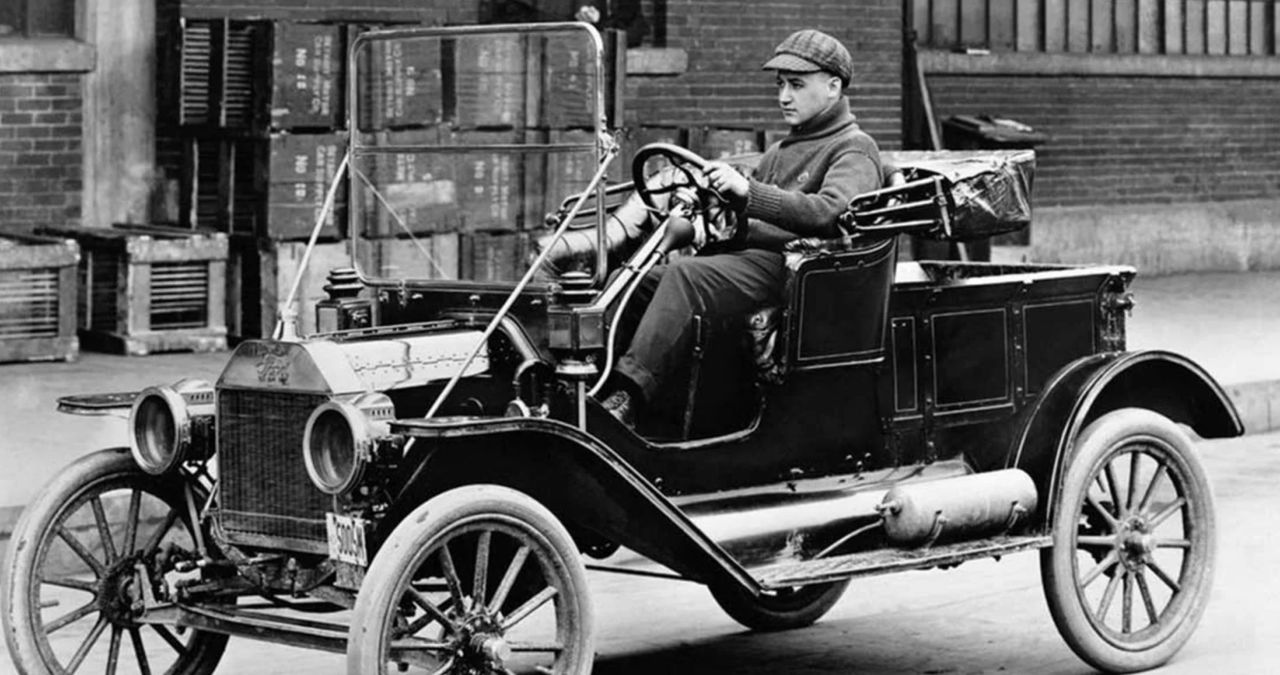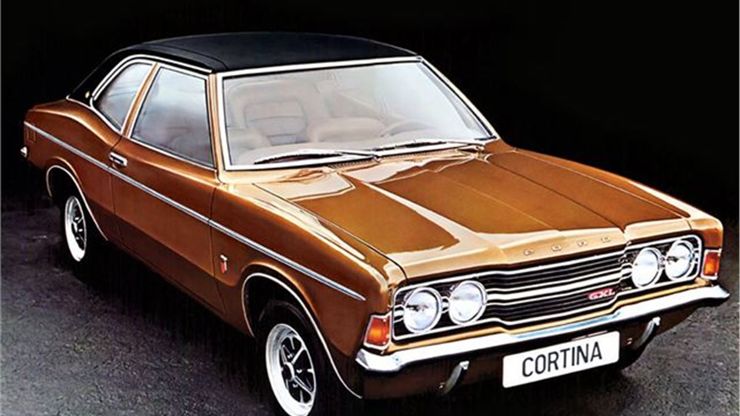Electric cars will put design in the driving seat
Jim Prior, Global CEO of WPP brand agency Superunion, examines how the electric car will herald a revolution in car design and position it as the battleground for car brands.
In a victory for sustainability, UK restrictions on the use of electric car chargers are to be lifted under plans to increase the use of green vehicles in the UK.
Practically, this means only one subscription will be required to use charging points. Additionally, the transport secretary is allocating £2.5 million of funding for more than 1,000 new electric car charging points.
We are about to witness a transformation on the scale of how Apple transformed the PC or the mobile phone.
All signs point to the British government readying itself for the next wave of innovation in the auto-industry. Just as our streets were once emptied of the horse and cart, in the not-so-distant future our roads could be free of petrol and diesel powered vehicles – transforming how we drive in the process.

Above: A BMW i3s.
I recently bought an electric car, a BMW i3s. I did so for environmental reasons but I didn’t fully appreciate just how radically different the driving experience would be. Among many innovations, the experience embraces connected technology, reduced running costs, outstandingly fast performance and virtual silence. A measure of moral smugness is thrown in as an emotional extra.
The interior of the car is where the battle of the brands may be at its fiercest.
Driving experience aside, we are on the brink of a design revolution for the auto industry thanks to e-cars. In a way, the clock is being turned back so auto designers can free their imagination.
There is evidence that the classic car market is heading for fast decline: the value of such cars at auction dropped dramatically over the summer, driven by concerns over the availability of fuel. Yet many of the vehicles of the 1950s, 60s and 70s remain iconic symbols of design at its wonderful best. They were symbols of freedom, opportunity and progress, and they were magnificent to behold.
The daring designers of the near future, particularly as automated driving takes hold, will be adding small-scale cinemas, offices, restaurants, or even spas to vehicles.
But as competition and market demand increased, the distinctive beauty of car design eroded away. The dominant voices around the automotive industry table became those of engineers and economists who sought to compromise the work of the designer in the name of efficient manufacturing process and, ultimately, lower prices. The democratisation of the automobile happened at the expense of elite design.
Above: Classic UK car designs of the past such as the Ford Cortina and Capri.
But now, the possibilities for a design-led approach are once again coming to the fore and are endless. Electric vehicles do not require a cooling system, oil, a transmission, nor so much else of the mechanics of a fossil-fuelled car. As battery and electric motor technology improves, the design challenge shifts from “how do I fit it all in?”, to, “what on earth am I going to do with all this space?”. As a consequence, we are about to witness a transformation on the scale of how Apple transformed the PC or the mobile phone.
Too many of the electric cars we see on the road, or close to being on it, follow design principles that seem to mimic the design language of conventional cars.
The interior of the car is where the battle of the brands may be at its fiercest. Even as an early e-car, my BMW has exploited the extra space available, used an array of sustainable materials, connected its technologies, and captalised on the ease of one-pedal driving, to create an experience that feels like a first class seat on an airline more than a driver’s seat. The daring designers of the near future, particularly as automated driving takes hold, will be adding small-scale cinemas, offices, restaurants, or even spas to vehicles. For drivers and passengers, the car will become a destination in itself.

Above: A Ford Model T.
But the current market does seem to me to be moving frustratingly slowly. Too many of the electric cars we see on the road, or close to being on it, follow design principles that seem to mimic the design language of conventional cars. They have benchmarked themselves around a standard that will soon be obsolete – rather like if Henry Ford had tried to make the Model T look and feel like a horse.
As soon as automotive brands addresses this issue and creates affordable, yet beautifully designed options for the market, it will be game over for traditional cars.
It is my opinion that shifting the public to purchase electric cars is going to require a more radical approach to design (and pricing, and naming – why does Porsche find it necessary to label its electric car as a Turbo?) than most are currently demonstrating. As soon as automotive brands addresses this issue and creates affordable, yet beautifully designed options for the market, it will be game over for traditional cars.
Just as Google, Uber and AirBnB disrupted their industries so the automotive brands of the future may be as yet unknown.
Brand loyalty will be tested here as new entrants emerge. Just as Google, Uber and AirBnB disrupted their industries so the automotive brands of the future may be as yet unknown. Marketers will have to work hard to rethink the fundamental proposition at the heart of their brand, no longer able to depend on engineering as a selling point.
We are currently going from zero to sixty on the road to a fully electric future, where game-changing design will become the standard. The auto industry needs to put its foot down and get there fast.
)




 + membership
+ membership










